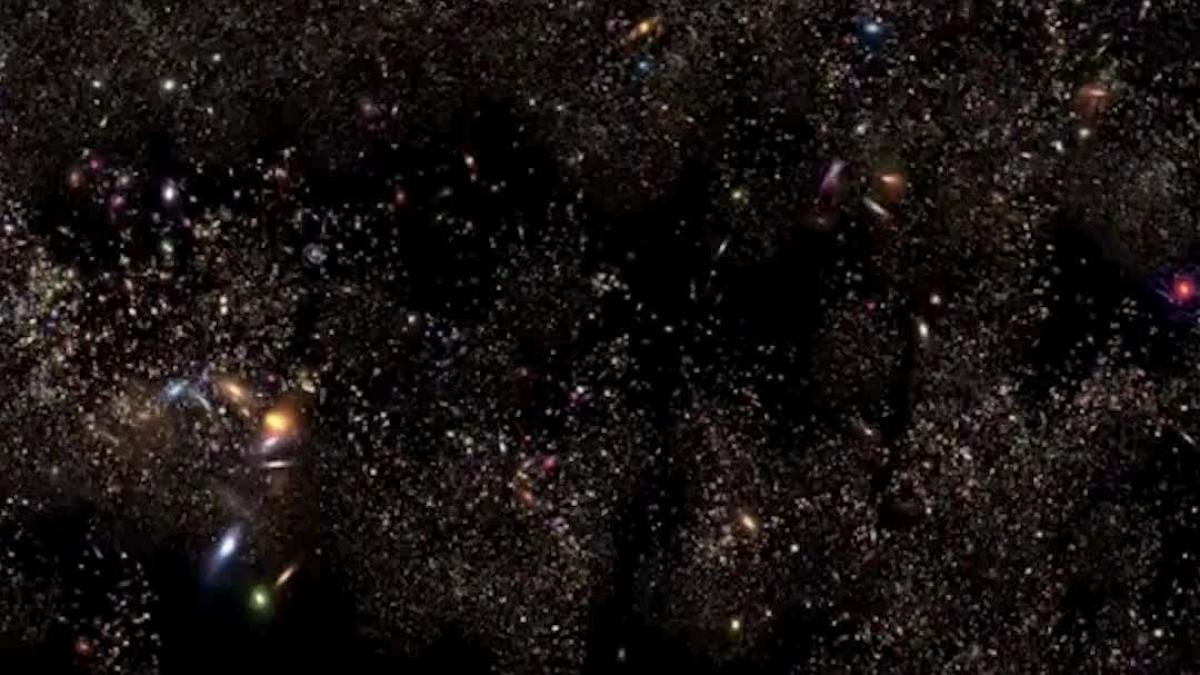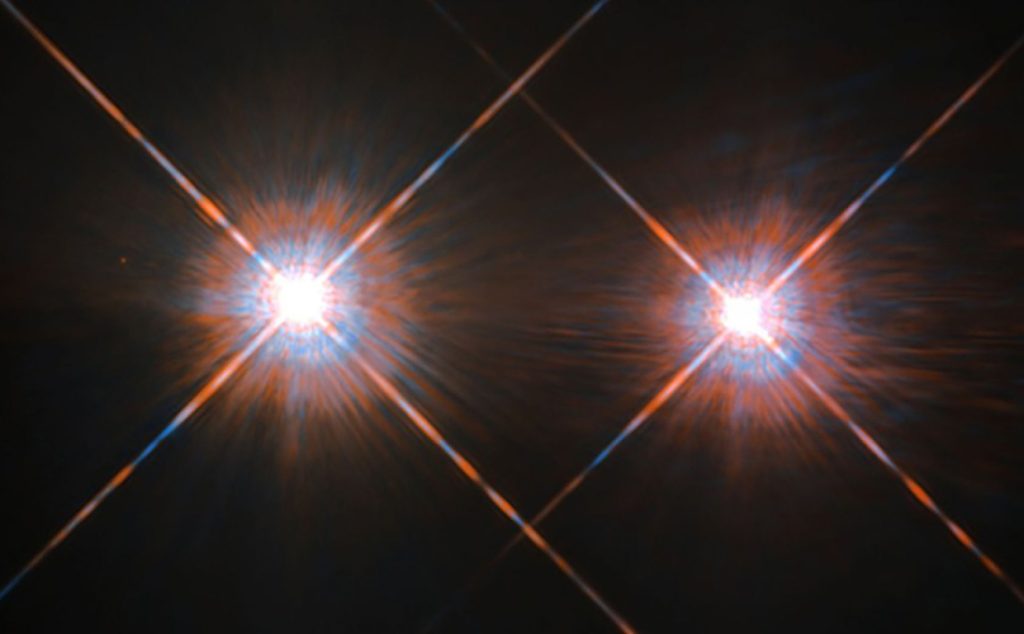The US space agency has just launched from Australia (on June 26, July 4 and July 6) three probe rockets with a very special mission: to see if the planets orbiting the three stars of the system Alpha Centauri They may or may not be able to support life. To do this, two of the ships carry out a series of experiments specifically designed to determine whether ultraviolet light emitted by Alpha Centauri A (Rigil Kentaurus), Alpha Centauri B (Toliman) and Alpha Centauri C (Proxima Centauri, the closest star to the Sun) is harmful to any A life form may exist in the worlds that revolve around them. The third probe will study X-rays emitted from the interstellar medium: clouds of gases and particles in interstellar space.
The Alpha Centauri star system is 4.3 light years from Earth. Alpha Centauri A and B form a binary pair, while Proxima Centauri is more divergent. About the first two planets, which are very similar to the Sun, no planet has yet been identified, but the red dwarf Proxima Centauri hosts at least two, Proxima b and Proxima c, the first of which, moreover, is in the “habitable zone” of the star, so Water can be on its surface.
At the right scale, ultraviolet light is able to break down simple organic molecules, such as methane, and cause the fragments to turn into more complex molecules necessary for life. However, too much ultraviolet light can separate water vapor, leaving it vulnerable to stripping from the planet’s atmosphere by the solar wind and leaving the planet dry and barren, like Mars today.
“Understanding ultraviolet radiation – explains Brian Fleming, principal investigator on one of the missions – is critical to understanding what makes the planet habitable.” The three rockets had to be launched from the southern hemisphere because the Alpha Centauri system is not visible above 29 degrees north latitude.
difficult observation
Observing stars in ultraviolet light is not an easy task, because the ozone layer in the Earth’s atmosphere blocks light at this wavelength, forcing scientists to send ultraviolet telescopes into space. In addition, the interstellar medium of interstellar gas and dust also absorbs ultraviolet light, so no stars can be seen at a clearly noticeable distance in this system.
As a result, there are only complete ultraviolet observations of one star, the Sun. But how typical are solar UV emissions? Astronomers do not know. They need UV readings from other stars to find out. Alpha Centauri A and B are good targets for study for two reasons. First, they are close to each other, so their ultraviolet light does not dim the interstellar medium. And secondly, they have similar masses and temperatures to the Sun.
“Looking at Alpha Centauri – says Kevin France, another researcher on the mission – will help us check whether other stars like the Sun have the same radiative environment or, conversely, there are a variety of environments.
The launch of these three sounding rockets from Australia’s Ahmim Space Center is the first NASA launches from a commercial port outside the United States. For Thomas Zurbuchen, Administrator of NASA, these launches “open a new entrance into the night sky in the Southern Hemisphere, expanding the possibilities for future science missions.”

“Beer enthusiast. Subtly charming alcohol junkie. Wannabe internet buff. Typical pop culture lover.”

:quality(85)/cloudfront-us-east-1.images.arcpublishing.com/infobae/BZPIZ3OWQZCKVOJG5UX4JHWM5Q.jpg)
:quality(85)/cloudfront-us-east-1.images.arcpublishing.com/infobae/6YDQFQFIPRBQFPUPXJV4O3IM6A.jpg)




More Stories
The new discovery exposes a major misunderstanding of dark energy
The Voyager 1 spacecraft sends information back to Earth after five months without sending signals
Pre-registration for Zenless Zone Zero is now open globally on all platforms